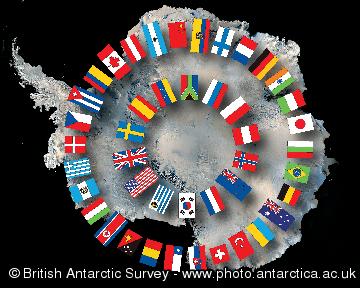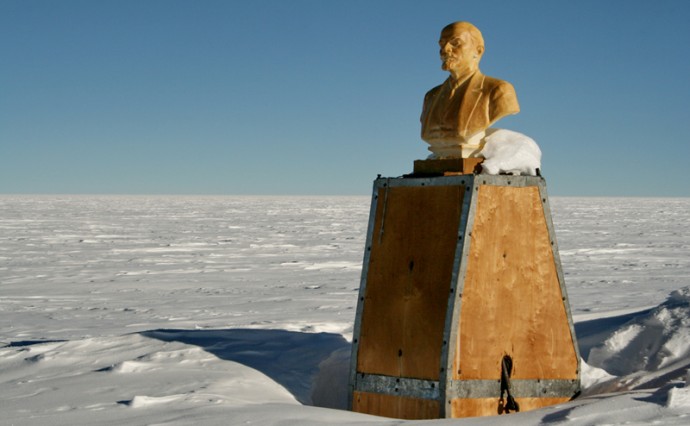Fact of the Day: What is an ice cliff?

Ice cliffs are walls of ice where glaciers meet the sea. Icebergs “calve” from the front of the cliffs, giving a continually breaking edge the full height of the glacier. Image: Brian Newham, Ice Team leader, The Coldest…
Fact of the Day:

Nobody owns Antarctica. In 1959 the Antarctic Treaty was drafted, designating the land as “a natural reserve, devoted to peace and science”. The treaty came into force on 23 June 1961 and there are currently 50 signatory nations.
Fact of the Day:

If all the ice in Antarctica melted the world’s sea levels would rise approximately 61 metres. Image shows how the UK might look if all of the Antarctic ice melted. Sourc…
Fact of the Day:

There are 17 species of penguin in the world and five of these breed in the Antarctic; the Emperor penguin is the only one to breed in the Antarctic winter. Image: Adults and juvenile emperor penguins, by Ian Duffy,…
Setting Things Straight

The post below was written by co-leader of The Coldest Journey, Anton Bowring, with specific reference to comments made by Fred Pohl and Bob Searle. Whilst it is not our policy to reply to such criticisms directly, it was felt in this case that a response was appropriate. On June 19th Mr Pohl posted on Facebook: “If Fuchs [making reference to Vivian Fuchs, whose team made the first overland…
Fact of the Day:

The Pole of Inaccessibility is the point on the Antarctic continent which is furthest from any coast. The Russian research station Vostok is not far away.The location is marked by a bust of Vladimir Lenin facing Moscow and is protected as a historical site. Inside the small station there, there is a golden visitor’s book for those who make it to…
Fact of the Day:

The British Antarctic Survey (BAS) is based in Cambridge, England, and for over 60 years has undertaken much of the UK’s scientific research in Antarctica. BAS employs over 400 staff, and supports three stations in the Antarctic, at Rothera, Halley (see image) and Signy, and two stations on South Georgia, at King Edward Point and Bird Island. The Antarctic operations and science programmes ar…
Fact of the Day

The South Pole is at an altitude of 2,835m metres (9,301 ft) above sea level. The ice is estimated to be about 2,700 metres (9,000 ft) thick at the pole, which means that the actual land surface under the ice sheet is close to sea level. The nearest open sea is located about 800 miles away at Bay of Whales. Below: Dr Mike Stroud (left) and Sir Ranulph Fiennes (right) at the South Pole in 1993…
Fact of the Day

What is the Aurora Australis? The Aurora Australis (also known as the Southern Lights) is a natural light display in the sky created when charged particles from disturbances on the Sun interact with the Earth’s magnetosphere. By extension, the aurora over the Arctic is called the Aurora Borealis, or Northern Lights. The Ice Team have not seen a great deal of the Aurora Australis so far, which is…
Fact of the Day

What is sastrugi? The word “sastrugi” is used to describe an eroded snow surface and it is caused by the wind. They can be as much as 1 metre high and the rough surface can make travel extremely difficult.
- Newer Posts
- Page 8 of 15
- Older Posts
